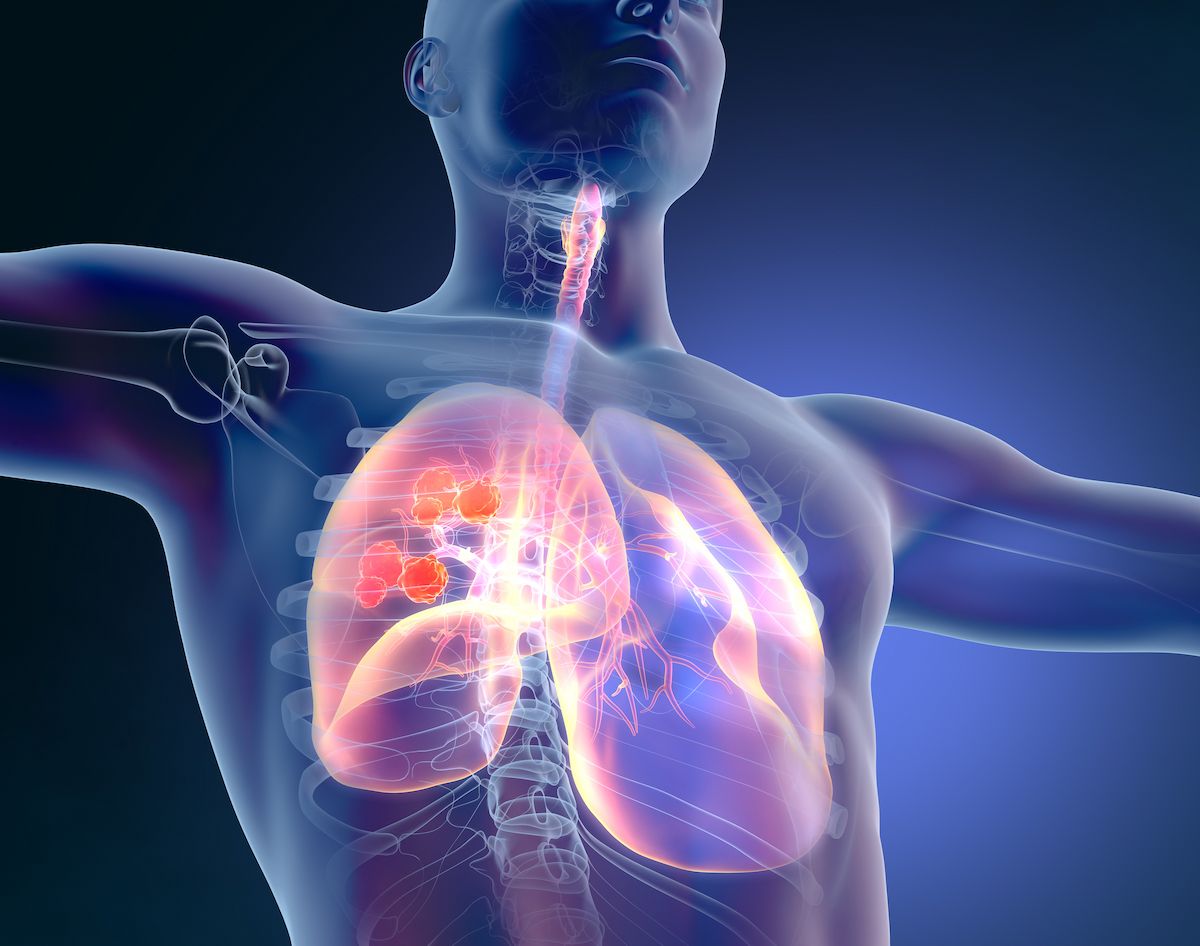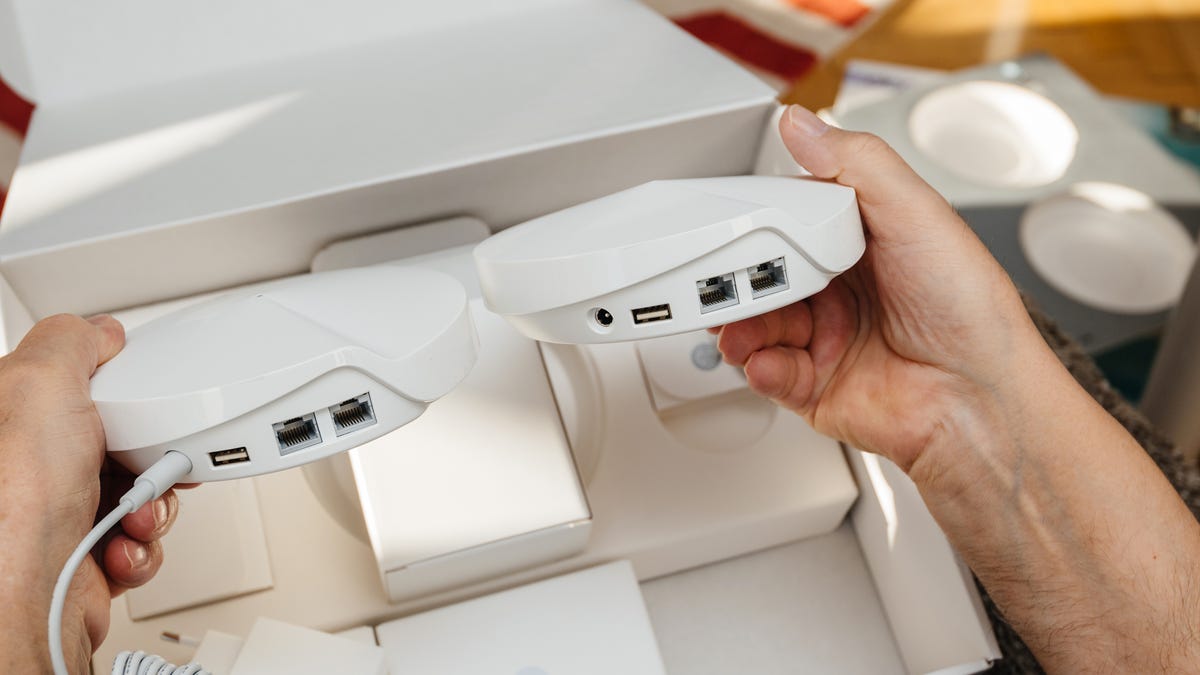Whether you attended New York Comic Con this year or not, fear not! Marvel Must Haves is bringing NYCC 2025 to you! Shop Marvel collectibles, apparel and accessories straight from the con floor, perfect for continuing the spirit of NYCC at home.
A…

Whether you attended New York Comic Con this year or not, fear not! Marvel Must Haves is bringing NYCC 2025 to you! Shop Marvel collectibles, apparel and accessories straight from the con floor, perfect for continuing the spirit of NYCC at home.
A…

IPO activity has steadily increased through the year, peaking in July with 26 IPOs in what the Wall Street Journal called “a red-hot summer for IPOs” amidst “the best IPO market in years.” Around 200 companies filed to go public in the first three quarters of 2025, compared to 214 for all of 2024. Close to US$31 billion in proceeds was raised up to September 30, higher than US$29.6 billion for all of 2024.
If the momentum continues, it is possible that IPO activity in the fall of 2025 and into 2026 could reach its highest levels since 2021, as tariff-induced volatility wanes and interest rate cuts are introduced. However, as recent years have shown, the political and legal landscape can be unpredictable, potentially influencing the strength of the IPO pipeline.
Many factors may influence a company’s decision to go public, but from an insurance perspective, the current market conditions are the most favorable in some time. Key drivers behind this positive environment include a continuing soft directors and officers liability (D&O) market, a scarcity of new public company opportunities, and equity markets that have continued to rise despite some volatility.
Since the 2002 passage of Sarbanes-Oxley — which aimed to enhance corporate transparency and accountability through stricter regulations for public companies — D&O carriers have sought to increase the number of public companies in their portfolio. However, while the number of D&O carriers has grown substantially, the pool of public companies has remained at reduced levels for over two decades.
This imbalance has resulted in more insurers competing for fewer opportunities and contributed to generally soft D&O market conditions. As a result of this limited supply relative to demand, underwriters are demonstrating a greater appetite to write IPOs than they have in recent years, particularly when the legal landscape was less favorable for insuring public offerings.
An IPO has traditionally been one of the riskiest events in a company’s history. The many disclosures and risk factors required in an S-1 filing ahead of an IPO provide numerous opportunities for plaintiff attorneys to identify potential misstatements. Under Section 11 of the 1933 Securities Exchange Act, companies face strict liability for any statements found to be false or misleading. This is a lower standard of proof than applied under Section 10(b)(5) of the 1934 Securities Exchange Act against companies, which covers false or misleading statements in subsequent securities filings, such quarterly 10-Q earnings reports.
Some plaintiffs’ attorneys brought IPO-related suits in state courts, often in plaintiff-friendly venues like California. This trend grew after 2010 and was reinforced in 2018 when the Supreme Court ruled in Cyan v. Beaver County that IPO securities lawsuits could proceed in state court, significantly increasing litigation risk for companies going public. In response, many insurers raised premiums and reduced capacity.
To mitigate this risk, many companies began adding federal forum provisions to their bylaws, requiring IPO-related lawsuits to be filed only in federal court. Courts upheld these provisions, normalizing the litigation landscape. The introduction of federal forum provisions in 2020 allowed insurers to regain confidence that IPO-related securities suits would be litigated in federal court, leading to greater underwriter appetite for IPOs.
While special purpose acquisition companies have existed for some time, 2021 saw a capital-raising phenomenon where the number of SPACs that filed to go public well exceeded previous years. While SPAC filings declined considerably after 2021, these companies are still responsible for a considerable amount of overall IPO activity.
Recent years have brought a unique combination of factors that contributed to a favorable insurance market for IPOs. These include a depressed D&O market with limited new opportunities and a renewed certainty that IPO litigation will not be handled in state courts. These factors have contributed to a favorable insurance environment for IPOs, including:
As the IPO market continues to gain momentum, private companies should consider that navigating today’s complex and evolving risk landscape requires proactive and tailored risk management strategies, including a robust insurance program that is adapted to their evolving needs.
The specialists within Marsh’s FINPRO Practice have the deep market expertise and experience to help organizations optimize their coverage to protect their leadership teams and their bottom line.
For more information, contact your Marsh representative.

An index of cholesterol, high-density lipoprotein (HDL), and glucose (CHG) is associated with the prevalence of type 2 diabetes (T2D) in United States adults, demonstrating its potential as a biomarker candidate for identifying individuals at…

Sevabertinib monotherapy elicited robust and durable responses as therapy for patients with HER2-mutant advanced non–small cell lung cancer (NSCLC) in both front-line and pretreated settings, according to results from the phase 1/2 SOHO-01 trial (NCT05099172) presented at the
In cohort D (n = 81), which included patients who were previously treated, the objective response rate (ORR) by blinded independent central review (BICR) was 64% (95% CI, 53%-75%), with 2% achieving complete responses (CRs), 62% achieving partial responses (PRs), 25% having stable disease, 7% having progressive disease, and 4% not being evaluable. The disease control rate (DCR) was 81% (95% CI, 71%-89%).
The median duration of response (DOR) was 9.2 months (95% CI, 6.3-13.5), with a 12-month DOR rate of 42%; the median progression-free survival (PFS) was 8.3 months (95% CI, 6.9-12.3), with a 12-month PFS rate of 44%.
With a median follow-up of 13.8 months (range, 1-32), the median duration of treatment (DOT) was 9.9 months (range, 0-32). A total of 30% of patients had ongoing treatment, 20% had a treatment duration of more than 15 months, and responses were maintained after dose reductions or interruptions.
Subgroup analyses revealed that ORR was consistent across all subgroups, such as age, sex, race, number of previous systemic treatments, presence of baseline brain metastases, and receipt of prior platinum chemotherapies.
In patients with non-squamous NSCLC and HER2 tyrosine kinase domain (TKD) mutations (n = 70), the ORR by BICR was 71%, and the median PFS was 9.6 months (95% CI, 6.9-14.7). In patients with HER2 Y772_A775dupYVMA alterations (n = 49), the ORR by BICR was 78%; in those with YVMA, the median PFS was 12.2 months (95% CI, 6.9-16.4), and in those with other TKD mutations, the median PFS was 7.0 months (95% CI, 4.0-not estimable [NE]).
Additionally, in cohort E, which included patients who received prior treatment with HER2 antibody drug conjugates (n = 55), the ORR by BICR was 38% (95% CI, 25%-52%), with 5% achieving CRs, 33% achieving PRs, 42% having stable disease, 13% having progressive disease, and 7% not being evaluable; the DCR was 71% (95% CI, 57%-82%).
The median DOR was 8.5 months (95% CI, 5.6-16.4), with a 12-month DOR rate of 29%, and the median PFS was 5.5 months (95% CI, 4.3-8.3), with a 12-month PFS rate of 28%. The median follow-up was 11.6 months (range, 2-22).
In cohort F, which enrolled patients who were treatment-naïve (n = 73), the ORR by BICR was 71% (95% CI, 59%-81%), with 4% achieving CRs, 67% achieving PRs, 22% having stable disease, 3% having progressive disease, and 1% not being evaluable. The DCR was 89% (95% CI, 80%-95%).
The median DOR was 11.0 months (95% CI, 8.1-NE), and the median PFS was NE (95% CI, 9.6-NE). The median follow-up was 9.9 months (range, less than 1-15).
Further, brain metastases were present in 22% of patients in cohort D, 27% of cohort E, and 12% of cohort F. An analysis demonstrated systemic responses were similar in patients with and without brain metastases. In cohort D, patients with and without brain metastases had ORRs of 61% and 65%, respectively; in cohort E, the ORRs were 27% and 43%; and in cohort F, the ORRs were 78% and 70%.
In patients who had brain metastases at baseline in cohorts D, E, and F, post-baseline progression in the brain was observed in 22%, 20%, and 0%, respectively. In those with no brain metastases at baseline in cohorts D, E, and F, post-baseline progression in the brain was observed in 6%, 5%, and 3%, respectively.
“Sevabertinib demonstrated robust and durable responses in patients with HER2-mutant NSCLC in both pretreated and first-line settings. The most common [adverse] effect was diarrhea, which was manageable; there were no reported cases of interstitial lung disease (ILD) or pneumonitis,” said presenting study author Xiuning Le, MD, PHD, associate professor in the Department of Thoracic/Head and Neck Medical Oncology of the Division of Internal Medicine at the University of Texas MD Anderson Cancer Center, and coauthors, in the presentation.1 “These data support sevabertinib as a potential new targeted therapy for patients with HER2-mutant NSCLC.”
SOHO-01 enrolled patients with advanced NSCLC with HER2 or EGFR mutations; this analysis included data from the cohorts of patients with HER2 mutations. Cohort D enrolled patients who were previously treated, but naïve to HER2-targeted therapies; cohort E enrolled patients who were previously treated with HER2-targeted ADCs; and cohort F enrolled patients who were naïve to systemic therapy for advanced disease.
Across cohorts D, E, and F, the median age of patients was 60 years, 65 years, and 65 years, respectively, and 62%, 64%, and 78% had never smoked. Activating Y772_A775dupYVMA HER2 mutations were observed in 60%, 73%, and 79%, respectively, and 90%, 95%, and 97% had HER2 TKD mutations. Fam-trastuzumab deruxtecan-nxki (Enhertu) was received as previous anti-cancer therapy by 2%, 75%, and 0%, and chemotherapy was received by 96%, 80%, and 8%.
Treatment consisted of increasing oral doses of sevabertinib from 10 mg once daily to 40 mg twice daily, to identify the recommended dose for expansion.
The primary end point of the extension phase was ORR per RECIST v1.1 by BICR. Secondary end points included DOR, DCR, PFS, and safety and tolerability.
Regarding safety, drug-related adverse events (AEs) occurred in 69% of cohort D, 100% of cohort E, and 97% of cohort F; grade 3 AEs were reported in 36%, 31%, and 21%. Notably, grade 3 diarrhea events occurred in 23% of cohort D, 11% of cohort E, and 5% of cohort F. ILD or pneumonitis was not observed in any patients.
Biomarker data from SOHO-01 are being shared in a poster at ESMO on October 18, 2025.3
Sevabertinib is also being evaluated as a first-line therapy for patients with locally advanced or metastatic NSCLC with HER2 mutations in the ongoing phase 3 SOHO-02 trial (NCT06452277).
Disclosures: Dr. Le cited consultant roles for AbbVie, AstraZeneca, BlossomHill, Blueprint Medicines Corporation, Boehringer Ingelheim, Daiichi Sankyo Company, Eli Lilly and Company, Janssen Biotech, Merck KGaA, Novartis, Regeneron Pharmaceuticals, and Spectrum Pharmaceuticals.

It’s the time of year when goblins and ghouls roam the streets, pumpkin-shaped buckets overflow with candy, and scream queens dominate the screens. If you’re looking for a break from haunted houses and…

King Charles has reportedly found himself saddled with an unexpected expense after overturning one of Queen Elizabeth II’s famously frugal traditions, GB News reported.
According to royal commentator…
Long before Jessie Reyez was celebrated for her voice, poetry was the Toronto-bred musician’s “first love.”
The Grammy-nominated and Juno Award winner’s music often feels like spoken poetry, backed by a mix of R&B, hip-hop and Latin beats….

The government has said it is “doing everything in our power” to overturn a ban on Maccabi Tel Aviv fans attending a football match in Birmingham and is exploring what additional resources could be required.
On Thursday, Aston Villa said the…

Most people switch their routers or switch them out for something new when they move homes. However, that may not be often enough — and it could be the reason your internet isn’t up to speed. Like most tech, routers have a limited lifespan. And…